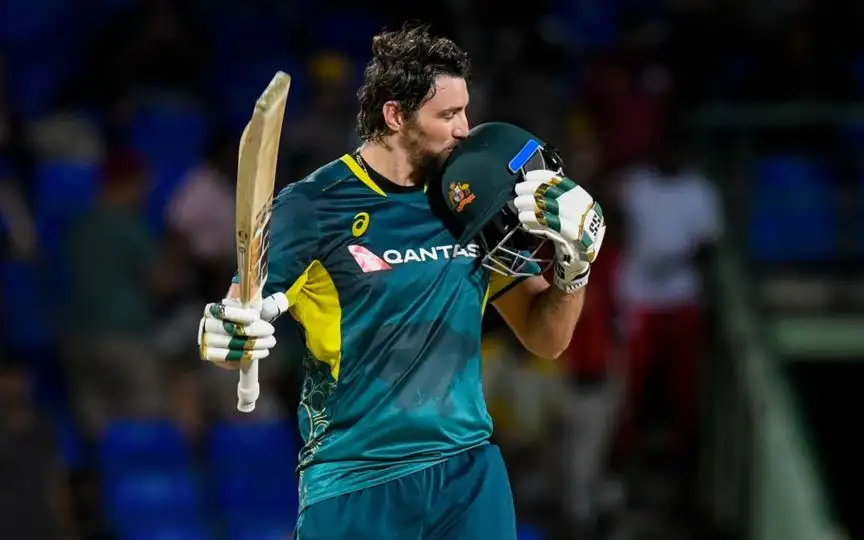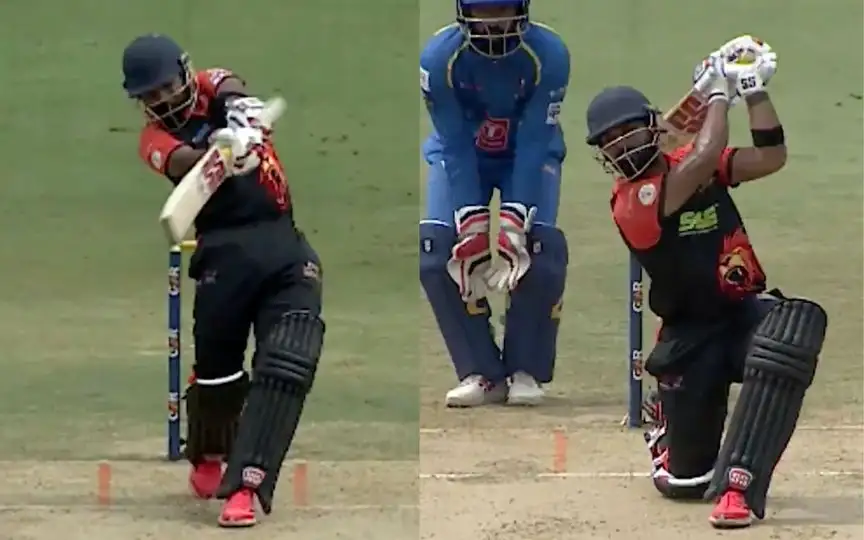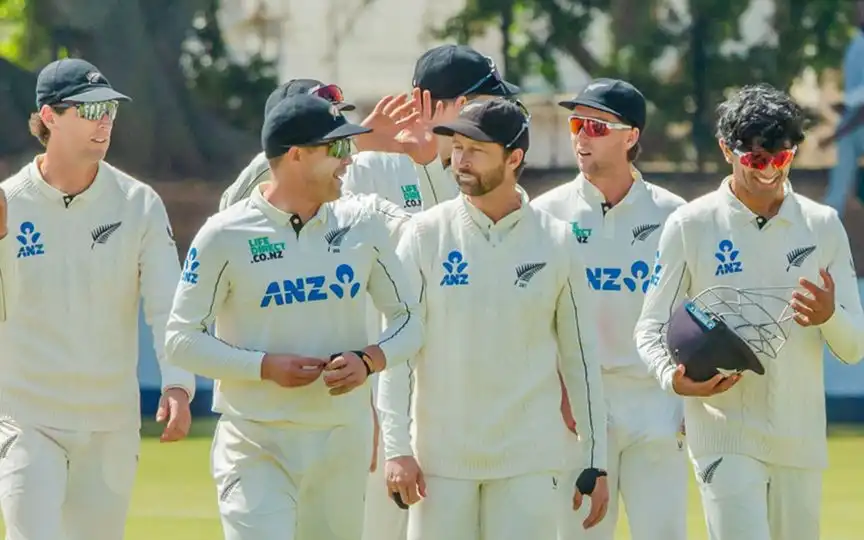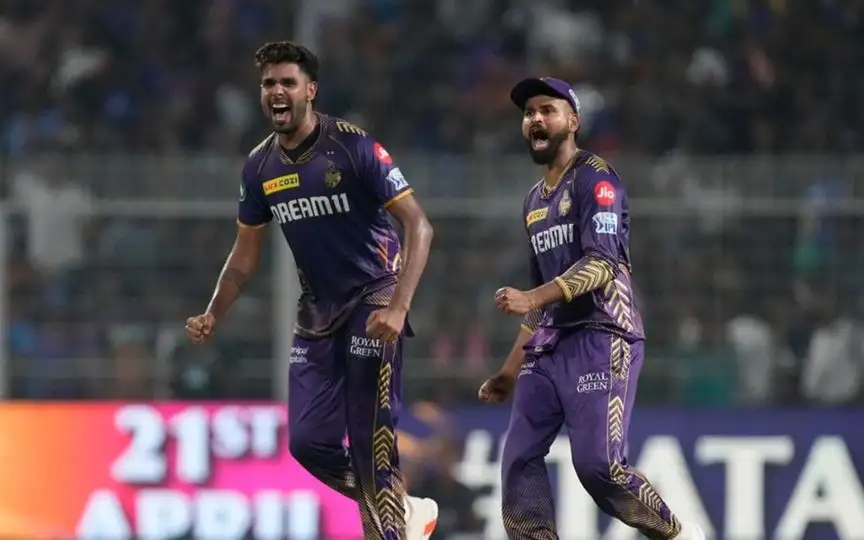![Glenn Maxwell, Travis Head, and Tim David [Source: AFP Media]](https://onecricketnews.akamaized.net/parth-editor/oc-dashboard/news-images-prod/1754725490878_maxwell_head_david.jpg?type=hq) Glenn Maxwell, Travis Head, and Tim David [Source: AFP Media]
Glenn Maxwell, Travis Head, and Tim David [Source: AFP Media]
Australia is all set to take on South Africa in a T20I series. With the World Cup for the format coming up in a few months, their conundrum for the spot in the team is at its peak.
In a recent conversation, Mitchell Marsh, the T20I skipper of Australia, sounded confident about assuming the position along with Travis Head. However, statistics suggest that it might be better for the team management to think otherwise, as they have superior alternatives.
The Case Against Mitchell Marsh Opening
The Aussie T20I skipper's numbers as an opener present a damning indictment of his suitability for the role. Mitchell Marsh has played six innings at the top of the order and has scored 98 runs in them at an average of 16.33 and a strike rate of 128.94.
![Mitchell Marsh for Australia [Source: AFP Media]](https://onecricketnews.akamaized.net/parth-editor/oc-dashboard/news-images-prod/1754725657379_mitchell_marsh.jpg?type=mq) Mitchell Marsh for Australia [Source: AFP Media]
Mitchell Marsh for Australia [Source: AFP Media]
These stats represent an unequivocal failure at the highest level, particularly when we compare them to his contributions at number three. In modern T20 cricket, opening partnerships go a long way in dictating the tempo for a team, and the difficulties suggested by Marsh's numbers can prove to be prohibitive in this case.
Marsh has been good in the powerplays, where he has scored at an average of 44.3, while maintaining a strike rate of 143.30. But these numbers are mainly achieved while batting at number three. This suggests that Mars's effectiveness diminishes considerably when facing the new cherry from the inaugural delivery of an innings.
Glenn Maxwell: The New Australian Experiment
In the recently concluded series against the West Indies, Australia used the surprise tactic of using Glenn Maxwell at the top of the order. He played a good knock but looked comfortable in the position and played with intent from the very first delivery.
Maxwell has played seven matches as an opener in T20I and has scored 298 runs in them at an average of 49.66, while maintaining a strike rate of 214.38. These numbers not only represent mere competence, but they are a reflection of elite-level performance.
The Bigshow's powerplay portfolio (46 innings, 440 runs, 144.70 strike rate) is evidence of experience in facing the new ball effectively and without losing efficiency.
A Travis Head-Glenn Maxwell partnership at the top of the order would furnish Australia with the left-right batting combination, dual explosive capabilities, and tactical depth and dynamism.
Tim David: The Audacious Alternative
Tim David has mostly been projected as a finisher in the T20 format. However, numbers suggest that he has done well when promoted up the order. Infact, his numbers in the powerplay make a compelling case for him as an opener even without any experience at the position.
David has batted in the powerplay in 14 innings and has scored with a strike rate of 146.70 while playing only 33.3% dot balls. In the recently concluded series against the West Indies, David walked out to bat in the powerplay in the 3rd T20I. The team was in a struggle while chasing 215, but the destruction that David unleashed surely proves his credentials at the top.
Although an untested and unorthodox option, the RCB star presents a calculated risk that Australia can try.
Conclusion
Travis Head's credentials as an opener remain unassailable. He has scored 774 runs at the position at a strike rate of 177.52 in 22 innings. This surely makes him one of the openers for Australia, and the stats suggest that Maxwell could be the optimal option with him.
On the other hand, Tim David also represents an intriguing proposition for the management. His ability to hit boundaries more frequently than the others and play minimal dot balls makes him a transformative potential.
As far as Mitchell Marsh is concerned, it would probably be better for the team if he gave up the opening spot and batted at number three. This could give Australia more depth in the batting line-up without compromising the attacking options at the top.


.jpg?type=mq)


